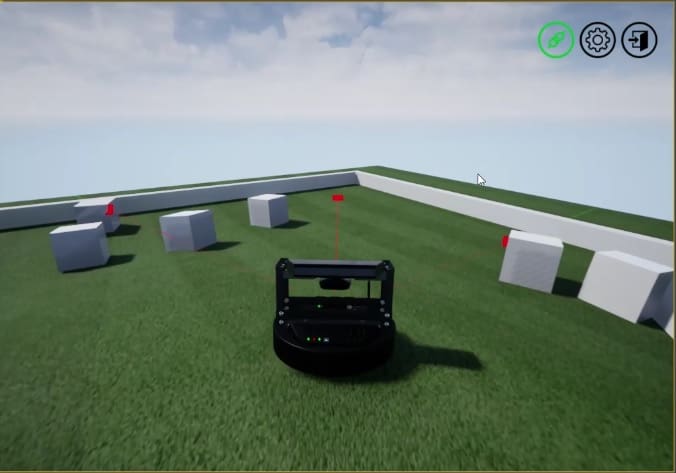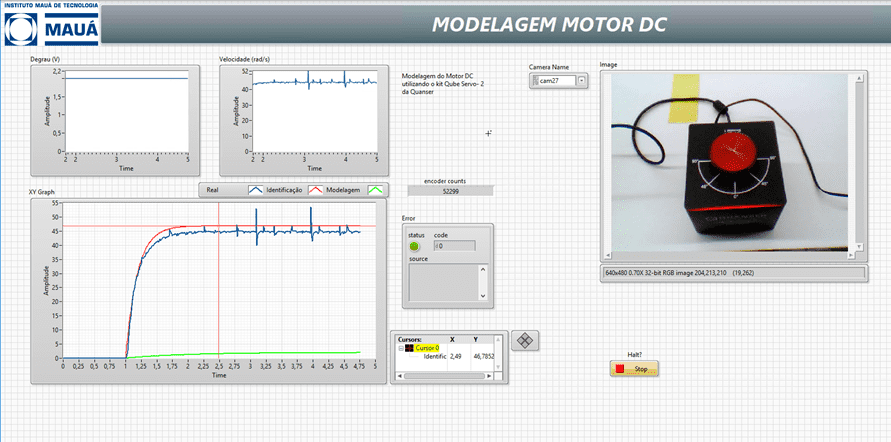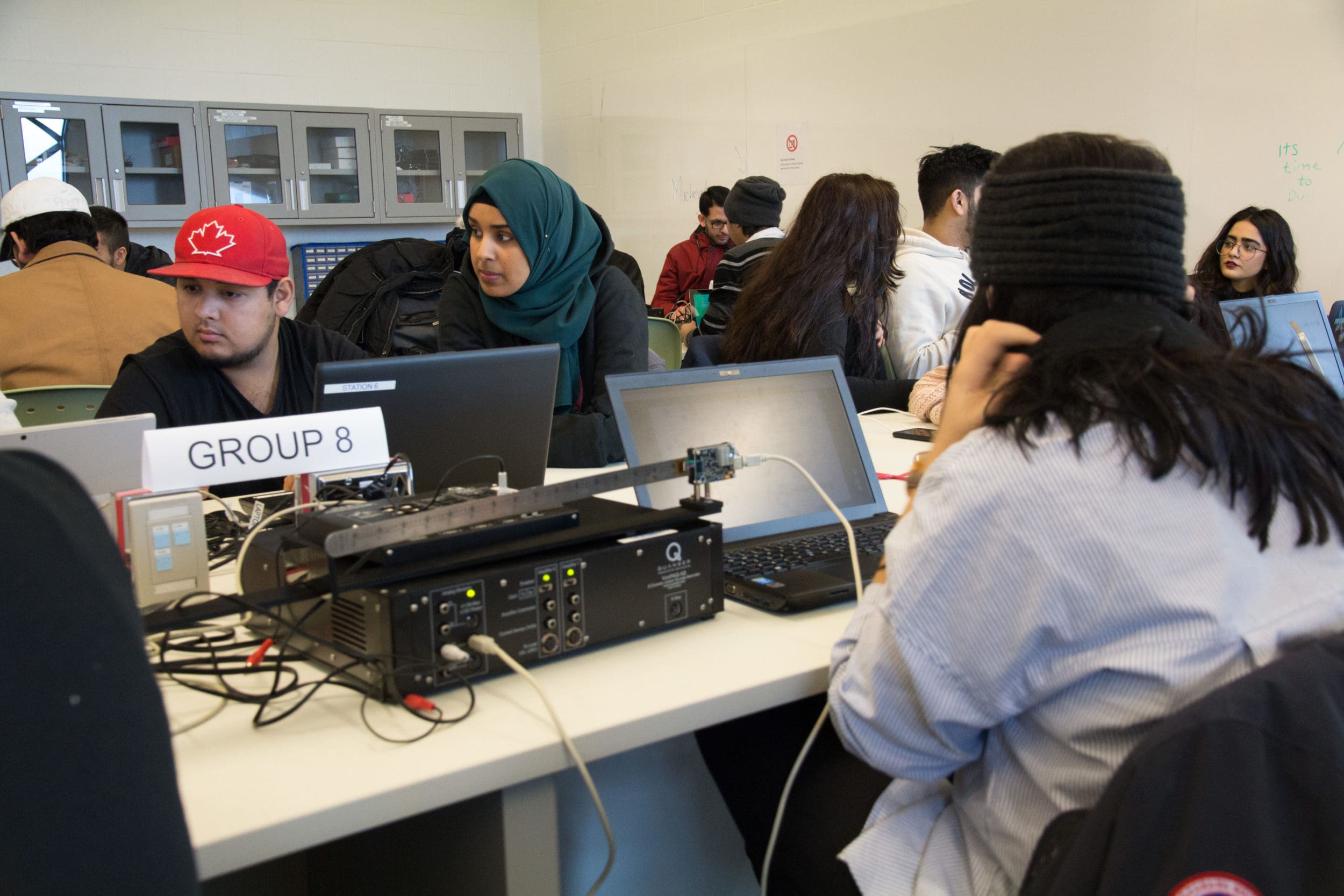
This has been an exciting year for Quanser, with groundbreaking projects taking off around the world. However, as the air starts to cool off here in Canada and we start to finalize plans for the engineering projects that will occupy our team next year, I wanted to take a moment to talk a little about the current trends in engineering education. These are the trends and techniques that are informing our ongoing projects to help push the boundaries of modern education.
Problem-based Learning
Problem-based, and the complementary “project”-based learning (PBL) approaches to engineering education have been at the forefront of many of the changes to education over the past several years. The idea behind PBL is essentially a formalization of experiences and observations educators have made for decades in engineering: students are more engaged, retain more knowledge, and are better able to apply the skills they’ve acquired when they gain those skills as a part of challenges, projects, competitions, etc. It is a testament to the crucial part motivation has to play in knowledge retention and the power of creativity in sparking true engagement.
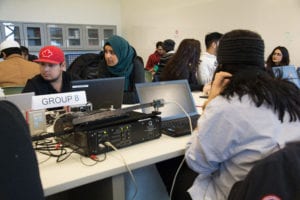 Quanser has been riding the wave of PBL since the beginning, equipping educators with platforms that give students the opportunity to create and “make” as a part of conventional courses, with close ties to the existing course syllabus, and minimal disruption to the flow of the course. Some examples include the self-driving car challenge we developed for the University of Toronto, and the project-based Instrumentation and Measurement Techniques course program we developed for the Lassonde School of Engineering.
Quanser has been riding the wave of PBL since the beginning, equipping educators with platforms that give students the opportunity to create and “make” as a part of conventional courses, with close ties to the existing course syllabus, and minimal disruption to the flow of the course. Some examples include the self-driving car challenge we developed for the University of Toronto, and the project-based Instrumentation and Measurement Techniques course program we developed for the Lassonde School of Engineering.
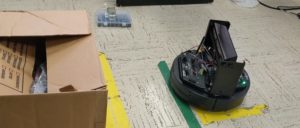 These experiences, combined with years of successful capstone projects at the University of New Mexico, have pushed us to make systems for undergraduate education that are more customizable, and more open to creative modification. Some examples of this new approach include the QUBE-Servo 2 Embedded, and QBot 2e. These systems represent reliable and dependable research-grade platforms that students can leverage for ambitious projects without wasting valuable time on the non-essentials of basic setup and operation. We are excited that our educational projects slated for next year will be designed from the ground up for both classic laboratory usage, and open-ended PBL challenges.
These experiences, combined with years of successful capstone projects at the University of New Mexico, have pushed us to make systems for undergraduate education that are more customizable, and more open to creative modification. Some examples of this new approach include the QUBE-Servo 2 Embedded, and QBot 2e. These systems represent reliable and dependable research-grade platforms that students can leverage for ambitious projects without wasting valuable time on the non-essentials of basic setup and operation. We are excited that our educational projects slated for next year will be designed from the ground up for both classic laboratory usage, and open-ended PBL challenges.
Industrial Relationships
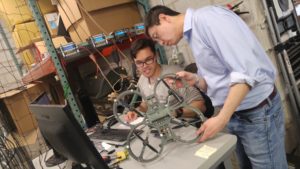 Part of the magic of the Quanser Engineering team is that we bring together years of academic research and publications experience with decades of industrial design and engineering expertise. That gives us a unique perspective on the skills essential for the mechatronics and robotics R&D we do day in and day out. The industrial connections and close collaboration that universities are increasingly looking for to ensure that their curriculum and research goals are aligned with industrial needs can happen all in one team. In essence, when we design teaching products and curriculum, we create platforms and resources that will give students the skills that we at Quanser look for when we hire graduates.
Part of the magic of the Quanser Engineering team is that we bring together years of academic research and publications experience with decades of industrial design and engineering expertise. That gives us a unique perspective on the skills essential for the mechatronics and robotics R&D we do day in and day out. The industrial connections and close collaboration that universities are increasingly looking for to ensure that their curriculum and research goals are aligned with industrial needs can happen all in one team. In essence, when we design teaching products and curriculum, we create platforms and resources that will give students the skills that we at Quanser look for when we hire graduates.
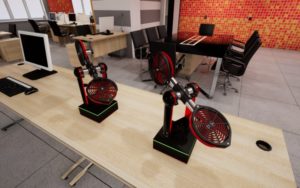 For this coming year, we are working on bridging the gap between student’s experiences in the classroom and industrial challenges even more strongly by blending real and virtual environments to represent the real-world industrial contexts and the motivation behind the theoretical concepts that we teach. Stay tuned as we manipulate technology and modern teaching methods to bring new experiences to students in and out of the classroom.
For this coming year, we are working on bridging the gap between student’s experiences in the classroom and industrial challenges even more strongly by blending real and virtual environments to represent the real-world industrial contexts and the motivation behind the theoretical concepts that we teach. Stay tuned as we manipulate technology and modern teaching methods to bring new experiences to students in and out of the classroom.
User-centred Curriculum Design
This should be pretty intuitive in terms of the benefits, but essentially, this aspect of modern curriculum design places an emphasis on the needs and goals of students. Generally speaking, this approach borrows many techniques and concepts from software design principles, where the user journey and UX design are critical to achieving the intended goals and outcomes. The curriculum team here at Quanser has always been keenly aware of the importance of proper learning experience design (LXD), and has worked over the past several years to continuously improve the curriculum structure and design of our resources. We try as much as possible to give students and educators more engaging and flexible ways to achieve essential learning outcomes.
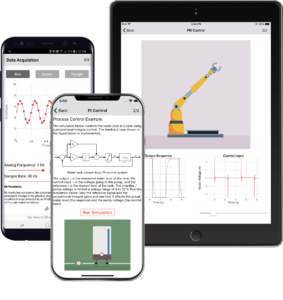 More recently, we have been working on the qdex project and Experience Controls to redefine the way students consume content. We want to meet students where they are in terms of both content delivery mechanisms, and the way they move through the content to achieve their learning goals. That includes an emphasis on self-directed learning, multimedia, and offline resources that can be accessed anytime, anywhere. I’ll talk a little more about these projects in the next section, and over the coming months as we start to consider where to take the platform next.
More recently, we have been working on the qdex project and Experience Controls to redefine the way students consume content. We want to meet students where they are in terms of both content delivery mechanisms, and the way they move through the content to achieve their learning goals. That includes an emphasis on self-directed learning, multimedia, and offline resources that can be accessed anytime, anywhere. I’ll talk a little more about these projects in the next section, and over the coming months as we start to consider where to take the platform next.
Online and Blended Learning
Online learning and blended learning (combining online and traditional offline instruction) have emerged over the last few years as a way to bring enhanced multimedia experiences to students remotely in greater numbers than ever before. Whether courses use an LMS or complete online experience for a MOOC or online course, the web is increasingly where course content lives. However, I would argue that the transition to web-based learning has left behind the essentials of modern engineering education outlined above. Moving to an online platform is often all that a course administration team can manage, without any time left to tailor the experience to students, tie the content to hands-on industrial skills and examples, or build the capacity for open-ended projects and challenges.
Our approach to blended learning using the qdex platform has been built from the ground up to give students the ability to learn in whatever way they like, anywhere, without losing any of the interactivity or skills development that is essential to their achievement. Not only can the platform be leveraged to give students enhanced experiences in traditional classrooms, but using tools like the Experience Controls app, educators can adopt other modern methods like flipped classrooms without significant additional time or effort. If you want to learn how your peers are using Experience Controls in exciting ways, sign up for the Experience Controls newsletter and stay tuned for our forthcoming webinar series.
Hands-on Experiential Learning
Hands-on “experiential” learning is in Quanser’s DNA. As a company, we believe that students learn best when they are given opportunities to use real hardware and software tools, with some scaffolding to ensure that they don’t stub their toes too hard. One emerging trend that we have been actively engaged in is geared towards giving first-year students experiences using research-grade hardware. The goal is to spark their interest in complex engineering systems and begin the process of building relationships between theory, reality, and the roles of the engineering disciplines academically and industrially.
The Innovation Plaza at the University of New Mexico is a great example. It has been growing by leaps and bounds, introducing exciting and diverse equipment into the first-year stream – from robots and helicopters to drones. This coming year, we will be working to bring the concept to other universities and departments to help students connect with the often overwhelming complexity of first-year engineering.
What Else!?
If you’re interested in some of the approaches to engineering education that institutions around the world are taking to push boundaries and rethink how students learn, check out the extensive study published by MIT last year on the Global State of the Art in Engineering Education.


